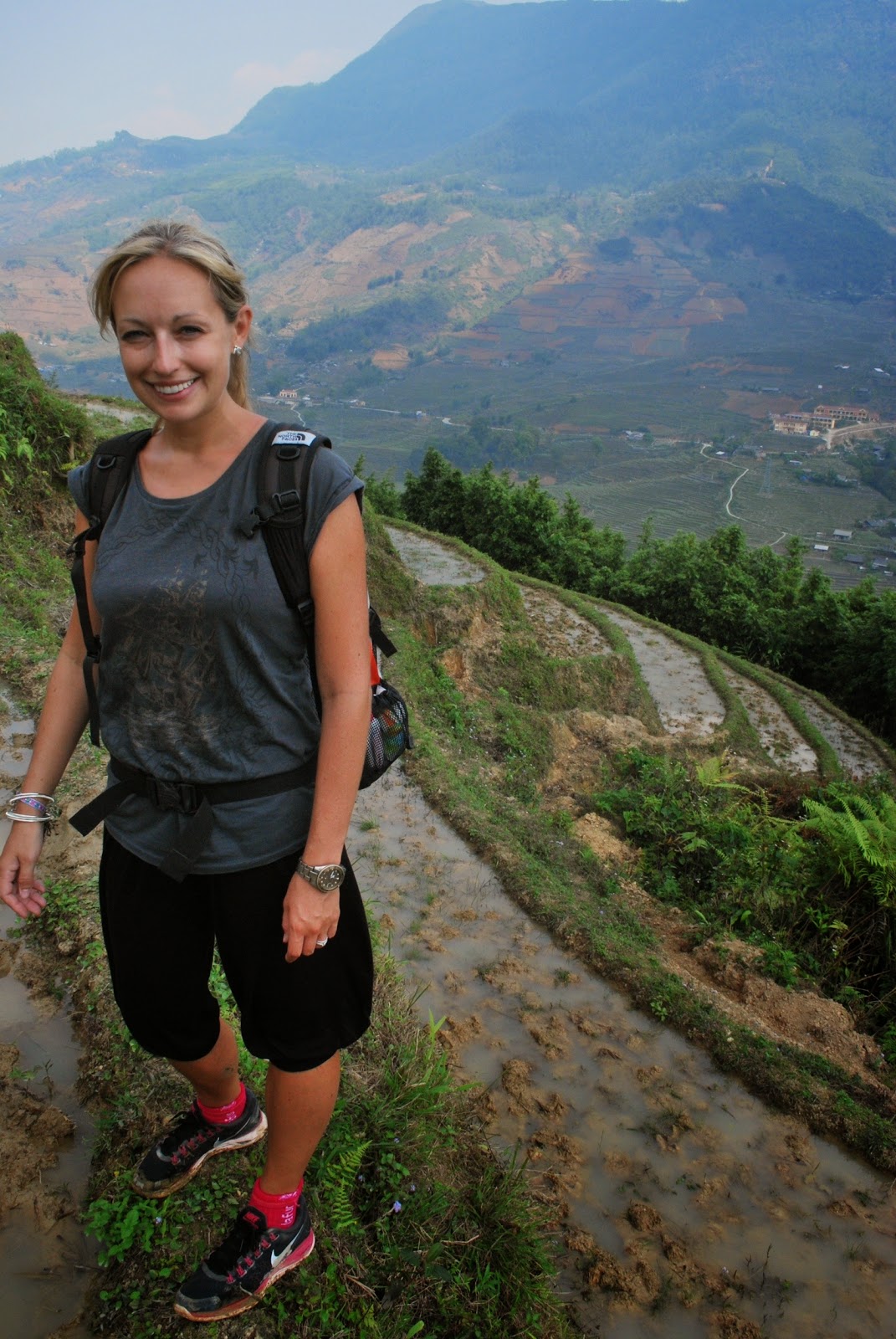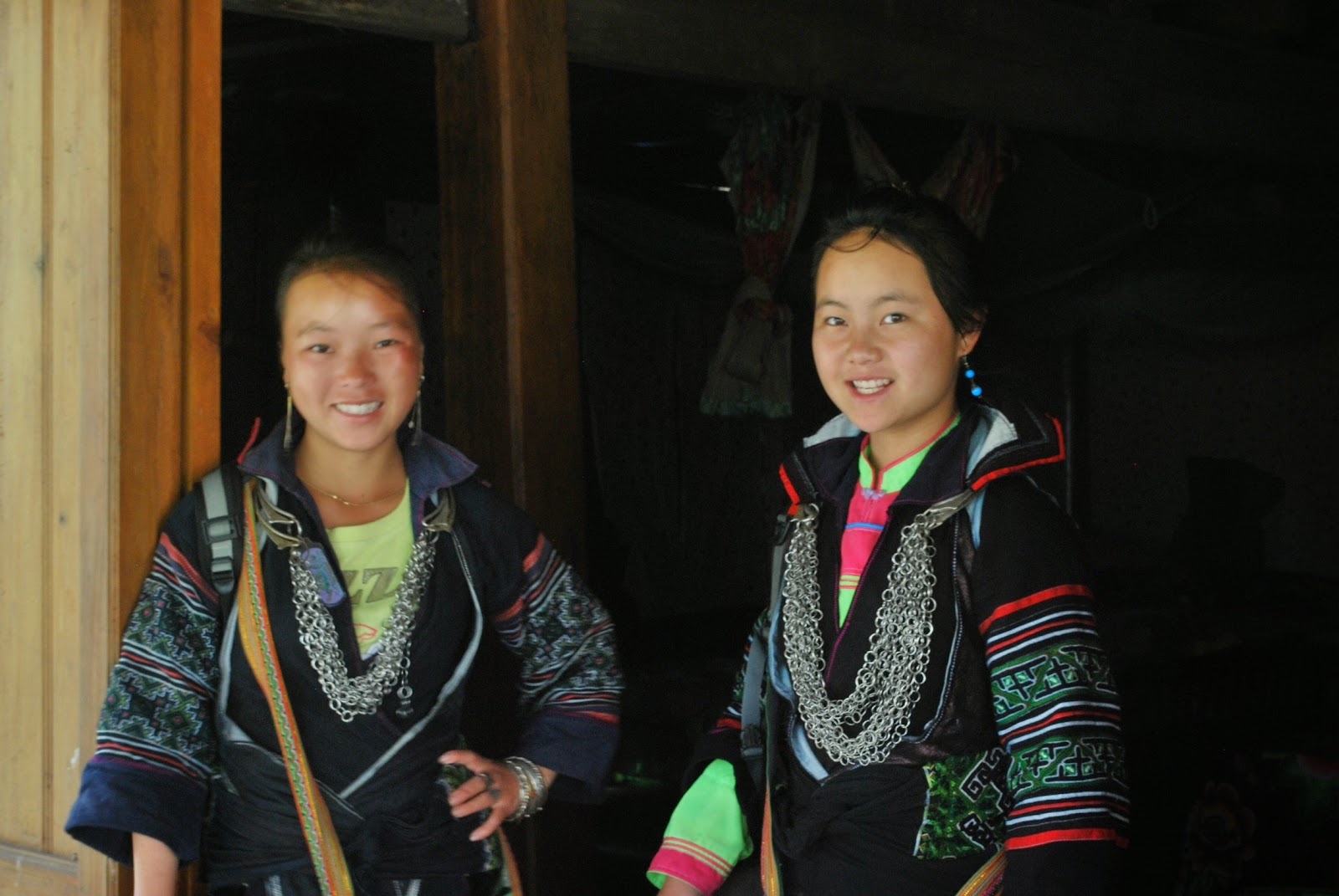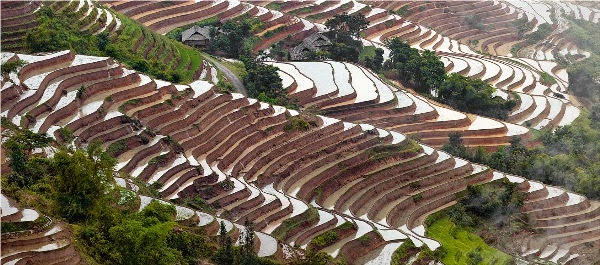By Anna Baldwin
My next stop after Hanoi was to jump on the night train in search of the stunning paddy fields of Sapa. As the train pulled out of the station I said goodbye to the noises, lights and smells of the bustling Hanoi streets and settled into my cosy cabin as we set off north towards China. The cabins are generally made up of four beds- 2 sets of bunk beds- but often if travellers want a bit more privacy and space we are able to book the whole cabin for them. I was lucky enough to be joined by a lovely German couple, along with their local guide, and we spent the next couple of hours talking and exchanging food as the train made its way deeper into the vast countryside.
The train soon lulled me into a deep sleep, and before I knew it we had arrived at Lao Chai station, our last stop on the train before it returned south to Hanoi.
Although it was barely dawn, the station exit was surrounded by taxi drivers, guides and hawkers ready to pounce, but I soon found my local guide, Dong, who pulled me through the crowds and into our 4X4. Within a few minutes we were off on the hour-long drive to Sapa town. It was a stunning drive as we slowly climbed higher and higher towards Sapa, where we soon reached a height of 1,600m! Surrounded on all sides by paddy fields dotted with numerous tribal villages, Sapa is very much a mountain town, with its steep roads filled with shops selling trekking gear and rows of balconied wooden houses overlooking the dramatic landscape beyond.
 |
| Impressive trekking Sapa |
After some breakfast and last minute tour preparations we set off with our wonderful local porter Sing, who was to carry all our food and drinks for the next three days, and we drove to the beginning of the trek – Ta Van village.
We soon left behind the Dzay village of Ta Van and set off along the valley. This is where I truly tested my balancing skills, as we made our way along narrow paths and the edges of the paddy fields which lined the mountainside. Luckily two lovely local ladies came to my rescue; half my size and twice my age, they obviously make a habit of adopting the most hopeless-looking trekker to make sure they don’t fall face first into the flooded paddy field below.
 |
| Black H'Mong ladies |
The route took us through a number of different tribal villages, from Red Dao to Black H’Mong, who wear mainly black clothing as their name suggests. The dye in their clothing often runs and so, as a result, their hands are also stained a little black.
After a long but stunning trekking Sapa, we eventually arrived at Seo Trung Ho Village, our base for the night. Never before had I seen such a dramatic, remote location for a village. In one direction you will find a magnificent waterfall thundering away behind the village, and the other provides breathtaking views across the valley with the misty mountains in the distance. There’s not a tourist in sight…
 |
| Terrace field , Sapa Vietnam |
After an evening of rice wine and delicious home-cooked food, I went to sleep in my homestay Sapa with the sound of the waterfall and the light patter of rain.Rice wine and home-cooked food, not a bad combination after a good day's trekking Sapa tour.This light patter was hugely magnified by morning as I woke to find we’d had heavy rainstorms all night and the waterfall was twice the size!
This resulted in making our morning route a little too unpredictable with the wet conditions, so it was decided we would do that morning by motorbike. Another unforgettable experience trekking Sapa tour – driving down from the village into the valley, through the river, and up onto the other side, slowly picking our way through the roads with awesome views all the way down the valley to the distant mountains. Suddenly the sun came out and the clouds disappeared, and I could see for miles. As we drove further along the valley I looked back and was thrilled to see the magnificent ‘’Roof of Indochina,’’ Fansipan Mountain, the tallest mountain in all of Indochina. I thought – I’ll save that one for next time trekking Vietnam



0 comments:
Post a Comment